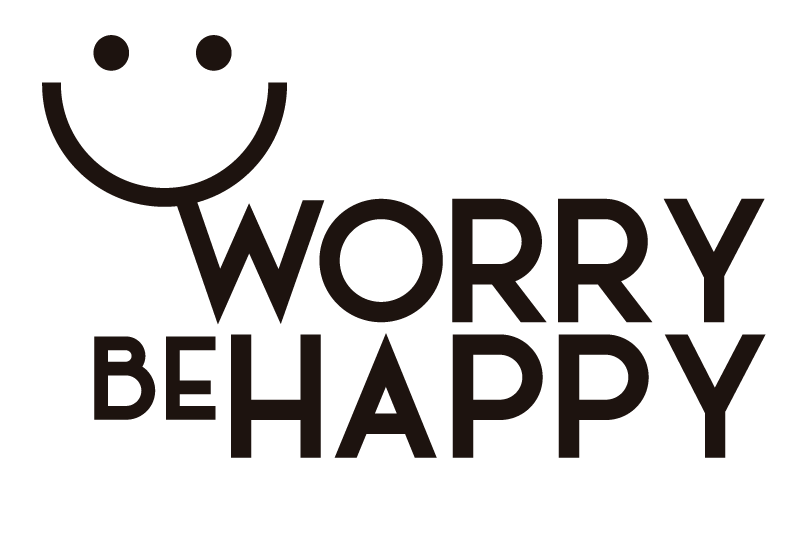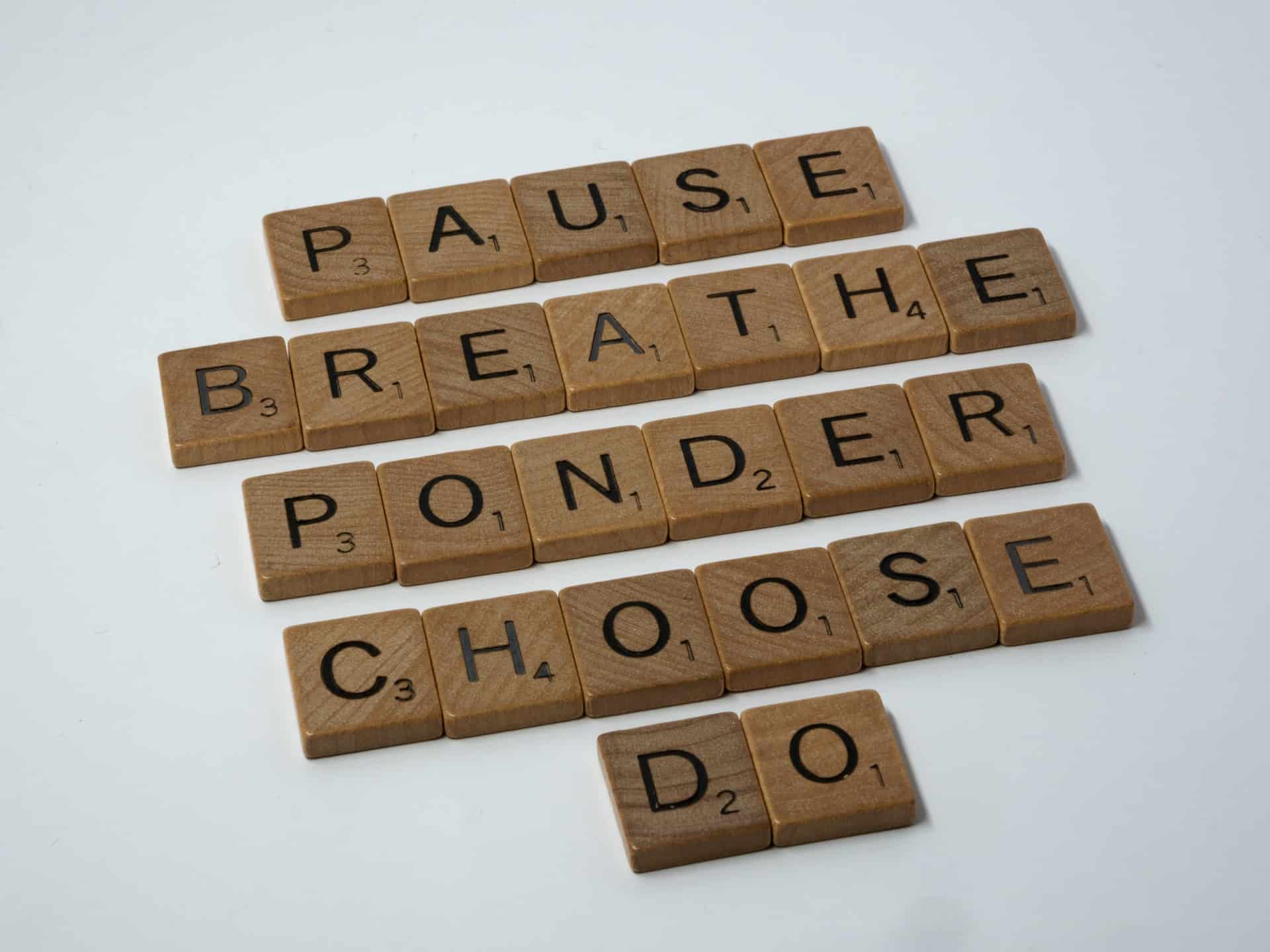We want to become “doers”, goal achievers.
But your life is a mess of “tasks”.
That’s how our story goes, whenever we start to assume responsibilities in our jobs and personal lives.
One day you start doing things, and you don’t know why, but some other day you need to write down all the things you have to do.
Finally, you end up with hundreds of “tasks” looking for a “task” manager, and seeing that, no matter what system or software you use, your life is chaos in itself.
I’ve been there, not knowing what to do, how to prioritize, how to manage habits/routines vs. “tasks” in projects, how to link my big goals in life with the daily action items I should do or being doing.
That generates uncertainty, anxiety, stress, and “bad sensations”, like not being in control of your life, not knowing if you’re doing the correct “tasks” you should to achieve your goals, the life of fulfillment you seek. The need we all have to give our lives some common sense.
All of this is a vast topic to talk about in just an article, so, as I always do, let’s focus on a little tiny topic that, whenever you start doing it, you can make a big step forward in your daily life. The Pareto principle always works: focus on the 20% that will outcome 80%.
I’ve been working on productivity for more than 2 decades, but it took me a long time to understand the vital concept I will describe in this article: the difference between a “task” and a “to-do”.
Whenever you understand it, it’s life-changing.
If you identify them correctly, you will know how to handle them, and your productivity will boost just by understanding this concept.
Definition: “task” vs “to-do”
Let’s try to define each concept very shortly so that it’ll be easier to move forward.
Important advice: this is a personal definition, but it works for me, and I hope it’ll be useful for you.
I always try to simplify things. To make them easy to understand. To be intuitive. Something you don’t need to memorize or think about it.
Instinct is one of the best skills of a human being. That’s why I always look for instinctive impulses to manage stuff.
The less I have to think about a process, the more I can focus my energy on the thing I have to do.
Never forget: we achieve goals by “doing” things, not organizing, planning, or thinking about processes. So our energy must go directly to “doing things”.
- A “task” is something relatively significant. It will take you 2–3 hours to complete it.
- A “to-do” is something “you have to do” (that’s why its name is that), but it’s not important by itself, and it’ll take you a very short time to do it (less than 2–3 hours).
So, whenever you have something to do, just ask yourself, “How long will it take me to do this?”:
- 2–3 hours. It’s a “task”.
- Less than 2 hours. It’s a “to-do”.
Managing “tasks” and managing “to-do’s”
Now we know if we are facing a “task” or a “to-do”. Why is it so important?
Because you will manage each of them in a very different way.
You have to plan a “task”. You don’t need to plan a “to-do”.
When discussing planning something, I’m referring to thinking about when you will do it and scheduling it.
You need to plan “tasks” to assign a date in which you’ll do it. To organize them.
You don’t need to dedicate time or effort to plan “to-do’s”. We’ll see later on how to manage them.
This seems stupid, but it’s a significant step forward in your life, in case you don’t know it:
- You will see you have much more “to-do’s” than “tasks”.
- That’s a life-changing step because you won’t need to spend so much time “planning”, and you will be able to dedicate much more time “doing”, our primary goal.
- It’ll be much easier for you to plan because you’ll have much less stuff to organize and schedule (just “tasks”).
Our brain is prepared to manage a few things at a time
An important rule we always have to remember is how easy our brain gets collapsed.
As soon as we have to manage 3–4 things at the same time, you will feel overwhelmed. Anxiety and stress will appear.
That’s why reducing your “stuff to manage” to “tasks” is an advantage for your brain. You have less to look at.
If you have lots of “tasks”, first prioritize them, and just focus on the most important ones. Forget about the rest. They don’t matter. First, let’s take out the big deals.
If you have time left after doing the first ones, then look at the second ones.
Whenever you have 10–15 “tasks”, organize them. Assign them a date to do it. I do this every Monday morning. Just schedule 3–4 “tasks” each day (better 3 than 4).
That means 15–20 important “tasks” are done each week. For me, that equals success.
I feel everything’s under control, knowing what I will do each day of the week. That’s relaxing, comfortable, and peaceful.
Whenever something unexpected happens, I try not to re-schedule my “tasks.” That’s why it is so important to schedule only 3 “tasks” each day. That gives you empty spaces for unexpected things, and to do “to-do’s”.
Our brain is prepared to manage “to-do’s”
Something I discover along my productivity journey is that our brain (at least mine) works better managing “to-do’s” lists.
It’s effortless to see a list of things and moving them up and down, depending on your criteria: relevance, due date, priority, urgency…
You always have to think that your last goal is achieving a list of ordered items, a sequence of “to-do’s”.
You will start with the first item on the list and move to the second one whenever the first one’s done. That’s the real productivity process for me. Focusing on just one “task” at a time.
The process of executing “tasks” or “to-do’s” is always sequential. Forget about parallel processes or multitasking. That’s 100% unproductive.
Where have all our “to-do’s” gone?
We have 2 options for our “to-do’s”:
- They belong to a “task”. Usually, our “tasks” are a container for a list of “to-do’s”. We schedule “tasks” and, inside them, we have our ordered list of “to-do’s”. That list of “to-do’s” is ordered by sequential order of execution. So you schedule your “tasks” in your calendar, and, inside each “task” you start doing just beginning with the first item within your “to-do” list.
- They are free spirits, things that don’t belong to any “task”. Are you sure?
Let’s focus on this second point because I think the first one is crystal clear.
Whenever you look at your free spirits “to-do” items, you have to look for patterns. Lots of them will have things in common, and you’ll be able to organize them inside a “task”, that will be planned.
What to do with the rest of them you cannot fit into any “task”?
My solution has been to create what I call “batch tasks”. I have:
- A daily batch “task”.
- A weekly batch “task”.
- A monthly batch “task”.
This naming refers to “when I should be looking at that to-do item”. Should I be looking and paying attention to it on a daily basis? Or weekly? Or monthly?
- My daily batch “task” is one of those “tasks” I schedule every day on my calendar.
- My weekly batch “task” is planned every 2 days on my calendar.
- My monthly batch “task” is planned each month on my calendar.
Inside each batch “task”, I have a “to-do” list ordered by how they should be done.
Every 2 days (on Tuesdays and Thursdays), I go inside my weekly batch “task” and I move to the daily batch “task” those “to-do’s” I think they should be done as soon as possible.
Exactly the same process between my weekly batch “task” and my monthly batch “task”.
Every time I insert a new item inside a batch “task”, I reorder the “to-do’s” list items (something pretty easy, just moving up and down “to-do’s” items), so that, whenever I open it, I know exactly what I have to do.
Another technique I use is to create a division within my daily “to-do’s”, separating between morning and afternoon.
I have a “to-do” list of items that I’ll do in the morning, and another one to do in the afternoon.
The more you reduce your focus, the best your brain will feel.
In the morning, I don’t look at all at the afternoon-items (I created a toggle so that I can’t even see those items physically, and I ignore them).
Takeways
If I didn’t want to read this article, even though I appreciated it a lot, this would be my takeaways:
- Differentiate “tasks” vs. “to-do’s”.
- Schedule your “tasks” (just 3 each day!).
- Insert your “to-do’s” into your “tasks”.
- If you have free-spirits “to-do’s”, look for patterns, and try to insert them into a “task”.
- Use daily, weekly, and monthly “tasks” to insert those free-spirits “to-do’s” you cannot fit into any “task”.
- Always order your “to-do’s” list items sequentially.
- To start doing, just get into your first planned “task” and do what your “to-do list” is telling you. Don’t look any further!
- Use the magical loop, moving “to-do’s” from the monthly batch “task” to the weekly batch “task”, and later on to the daily “task”.
Photo at the top courtesy of Brett Jordan on Unsplash.

